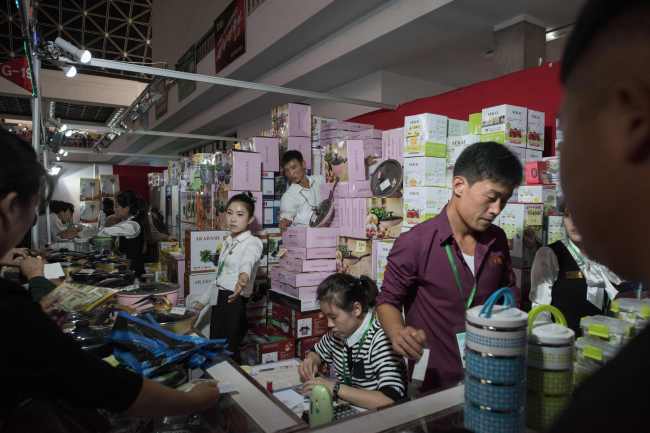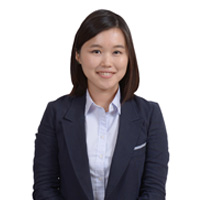‘Nearly half of N. Koreans earn income in private sector’
By Ahn Sung-miPublished : Feb. 13, 2020 - 18:03

With US-led sanctions on Pyongyang throttling its largely state-run economy, nearly half of North Koreans are earning money in the private sector, according to a recent survey.
The survey, commissioned by the Ministry of Unification and conducted by the Korean Association of North Korean Studies alongside Hyundai Research Institute, was based on interviews on around 6,000 defectors starting in 2013, including the latest figure of 600 people who settled in Korea in the first half of 2019.
Among them, 48 percent said they had made a living in the private sector in 2016-2019 before defecting, including those who engaged in only the private sector, as well as those who participated in both state-run and private economic activities. Twenty-four percent said they only earned income through state-run jobs.
State-run economic activities refer to those working at state-owned companies, factories or collective farms, whereas the private sector includes informal local markets, known as jangmadang, and other unofficial economic means. For example, farmers and fishermen individually selling crops and fish were considered private, as well as teachers and doctors tutoring and treating patients outside of their official duties and engineers fixing cellphones and electronics.
The dependence on private-sector income has been on the rise since the figure was at 34.1 percent in a similar survey conducted in the period of 2006-2010, when it outpaced state-sector activities for the first time. In the period of 2011-2015, the figure came to 40.1 percent.
About 25.8 percent said the size and scope of jangmadang have “significantly” increased over the past decade, 30.1 percent said it “slightly” increased.
In regards to daily diet, 90.7 percent said they ate three meals a day in the period of 2016-2019, up from 32.1 percent before 2000. The figure has shown marked increase from 52.2 percent in 2001-2005, 67.1 percent in 2006-2010 and 87.1 percent in 2011-2015.
Breaking down the meals, the ratio of corn, which stood at 68.8 percent of the daily diet prior to 2000, decreased to 24.9 percent in 2016-2019, while rice, which stood at 11 percent before 2000, increased to 66.1 percent in 2016-2019.
“Overall, marketization in North Korea is constantly making progress, and has been expanding since the Kim Jong-un period,” said Yang Moon-soo, the professor at the University of North Korean Studies in Seoul in charge of the survey. “The standard of living has improved, but life for those who cannot approach the market could have become more difficult.”
Of those surveyed, 41 percent used mobile phones from 2016-2019, a surge from a mere 0.5 percent before 2000.
Ministry officials added the survey has limitation in telling the whole story of North Korea, as it is based on interviews of defectors telling their personal accounts of experiences, as well as the limitation in variety of the sample.
Of the respondents, more than 80 percent were reported to be female, and most were from the Ryanggang and Hamgyong provinces.
By Ahn Sung-mi (sahn@heraldcorp.com)








![[KH Explains] Hyundai's full hybrid edge to pay off amid slow transition to pure EVs](http://res.heraldm.com/phpwas/restmb_idxmake.php?idx=644&simg=/content/image/2024/04/18/20240418050645_0.jpg&u=20240419100350)







![[From the Scene] Monks, Buddhists hail return of remains of Buddhas](http://res.heraldm.com/phpwas/restmb_idxmake.php?idx=652&simg=/content/image/2024/04/19/20240419050617_0.jpg&u=20240419175937)

![[KH Explains] Hyundai's full hybrid edge to pay off amid slow transition to pure EVs](http://res.heraldm.com/phpwas/restmb_idxmake.php?idx=652&simg=/content/image/2024/04/18/20240418050645_0.jpg&u=20240419100350)

![[Today’s K-pop] Illit drops debut single remix](http://res.heraldm.com/phpwas/restmb_idxmake.php?idx=642&simg=/content/image/2024/04/19/20240419050612_0.jpg&u=)